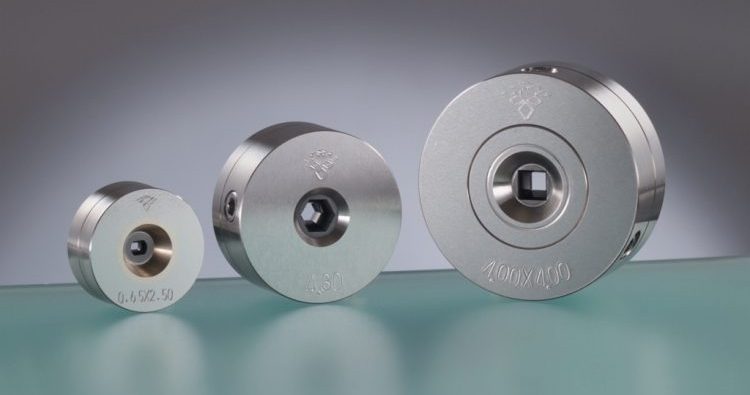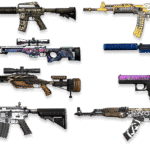All about Wire Drawing Dies you should know
Wire drawing is considered to be a metalworking procedure. It is generally used to reduce the wire’s cross-section. It is done by using a series of single drawing wires to pull the wire. Wire Drawing Dies do serve several applications including cables, electrical wiring, springs, tension-loaded structural components, stringed musical instruments, spokes for wheels, paper clips, etc. Wire drawing is quite different from that of extrusion although they share a similar process. This is because the wire gets pulled in drawing rather than getting pushed via the die. Generally, drawing occurs at room temperature. Hence, it is classified as a cold working procedure. However, it can also be performed at an elevated temperature especially for large wires where force gets reduced significantly.
All about Wire Drawing Dies you should know
-
Procedure
Diamond drawing dies can be stated to be a simple concept. In this case, the wire is shrunk. This is done by filing, hammering, swaging, or rolling so as to fit perfectly via the die. Then, the wire gets pulled via the die. On pulling the wire through the die, volume tends to remain very much the same. With the reduction in its diameter, length is found to increase. The wire usually requires several draws. But this is generally done through successively smaller dies, thereby reaching the desired size. Based on this principle is created American Wire gauge scale. A draw plate may carry out this task, but on a smaller or large commercial scale with the help of automated machinery. Pcd wire drawing dies process changes properties of the material as a result of cold working.
The reduction area as per the industry experts at https://www.szwiredie.com/ is around d15 to 25 percent while larger areas exhibit around 20 to 45%. For the specific job, the exact die sequence is considered to be the function of output, input wire size, and area reduction. With the change in area reduction, the die sequence also changes.
Usually, very fine wires are said to be drawn in bundles. The dies for drawing wire within the bundle are separated with the help of a metal having similar properties and reduced chemical resistance. After drawing, it is possible to remove them. In case, area reduction is noticed to be more than 50%, then the process is likely to need an annealing intermediate step before redrawing it.
Commercial wire drawing offered by established wire drawing dies manufacturers begin with a hot-rolled coil of .35” (9mm) diameter wire. Firstly, the surface gets treated for eliminating the scales. Then, it is fed within the wire drawing machine having one or several blocks, but in series.
The single block nano dies machine holds accurately the dies in their proper position. It draws steadily the wire through the holes. The design usually comprises a table with a bracket or cast-iron bench to hold properly the die. Intermediate anneals are often essential to counter cold working effects and to permit further drawing. The finished product may use a final anneal to optimize electrical conductivity and ductility. Telephone wire is a classic example of a product that is produced using a continuous wire drawing device.

















